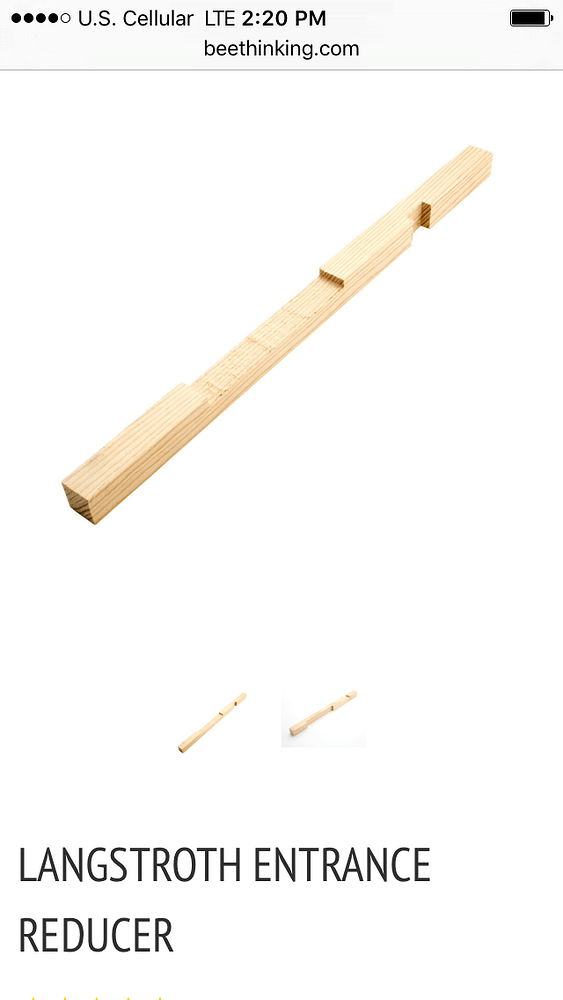THanks, Bob. I probably didn’t make it clear. Since I don’t really have one willing to foster my bees right now, I think I’ll just see what happens to my one frame hive. The queen is out and I literally WATCHED HER LAYING EGGS TODAY!!! It was one of the most amazing things I’ve ever seen, and I kept wondering how many bee keepers have ever actually opened their hive at the exact moment the queen was laying and have been lucky enough to see it. They have only “drawn” about 1/2 a frame full of wax (i think wax is the wrong word here? What do you call the wax (maybe comb?) that holds the eggs/pupa?). I still had 3 frames out of the hive so I could sit the little queen box in there, which allowed me the angle needed to easily observe the side of a frame as it hung in place. Also, I had my queen marked so it was easier to spot her. Anyway, when I took the top off my hive to check on the bees in the weak hive (I know I need to stop opening the hive…its just so darn amazing!) I actually saw the queen sort of crawling around. When I looked closer, I could literally see her sticking her back end into each tiny little cell to lay an egg. It was amazing how she worked sort of a pattern and never missed a single cell, in spite of all the activities going on around them. I think I’m going to be using the word “amazing” a lot when it comes to my bees! THIS IS SOOOO FUN!!!
Does anyone have any experience with the aforementioned “swarm traps”? Apparently they have some kind of box or bucket that keeps the swarm and you put some kind of queen pheromone lure in or above the actual trap to lure them in. I’m not sure I’m even describing it correctly, but hopefully you all know what I’m talking about. Anyway, I really like the idea of increasing my chances of getting a swarm, especially since I am very likely to need one if (when) my weak hive doesn’t make it. But I have some doubts about the swarm traps and hope someone can address them.?.?.?.
For one, I’m wondering how likely it is that my own bees from one or both of my own hives might smell the pheromones and leave my hive(s) to go to the trap. I guess that wouldn’t be the end of the world since I could just put them back in their hive, but I’m sure that disruption would be a bad thing.
I’m also wondering how likely it is that they really work at all. Seems like there would have to be a natural hive somewhere within 2 miles or so of me, and they’d have to be swarming, find the trap, and so on. So, it is as unlikely as I am thinking it is to actually capture a wild swarm with a swarm trap?
Finally, I’m wondering how hard it is to get a wild captured swarm to stay and to succeed in a domestic hive like mine? I know people catch swarms and keep them so its certainly doable, but for a beginner like me I wonder how hard it would be. For example, I’m not sure I could find the queen in the swarm, place her in the right location in my hive, etc.
BTW, @MuddyMess_8a , I forgot to tell you. When I told my mentor that you suggested I put in a reducer for the entry, he not only fully and completely agreed that it would be a good idea, but he shocked me by saying - you have two that came with your hives! haha. Sure enough, when he was helping me unpack my hives and other things we put things we didn’t need right away in one box and I didn’t even know what it was. haha. Anyway, thought that was funny. Its been installed since the day you advised me to do it.


 I take it that you’re using a “deep” box, since it’s a brood box. The issue is that you need enough bees to not just draw wax, collect nectar and pollen, and do all those other chores, but also enough to cover the brood. Without enough bees to care for the brood, the rate they can raise new bees is limited.
I take it that you’re using a “deep” box, since it’s a brood box. The issue is that you need enough bees to not just draw wax, collect nectar and pollen, and do all those other chores, but also enough to cover the brood. Without enough bees to care for the brood, the rate they can raise new bees is limited.